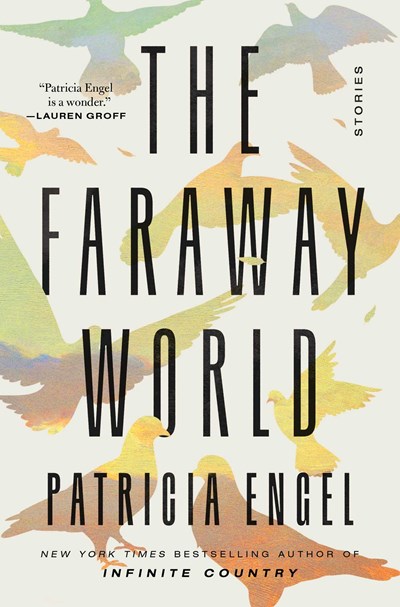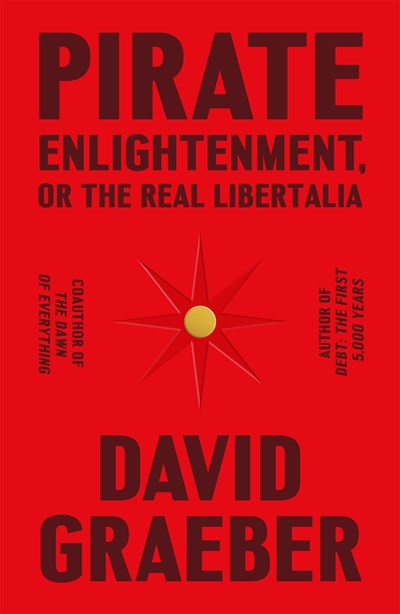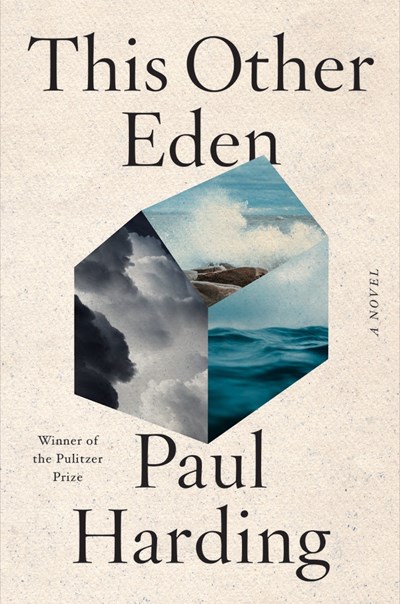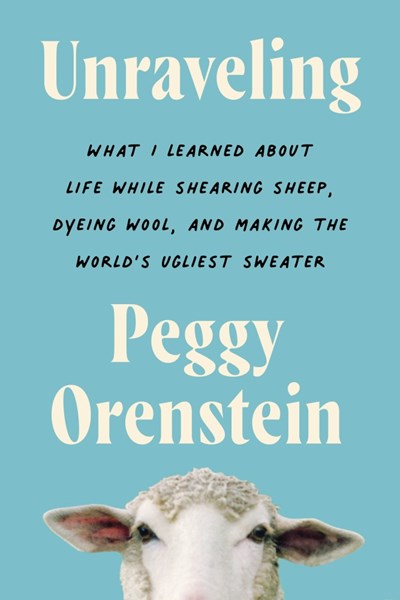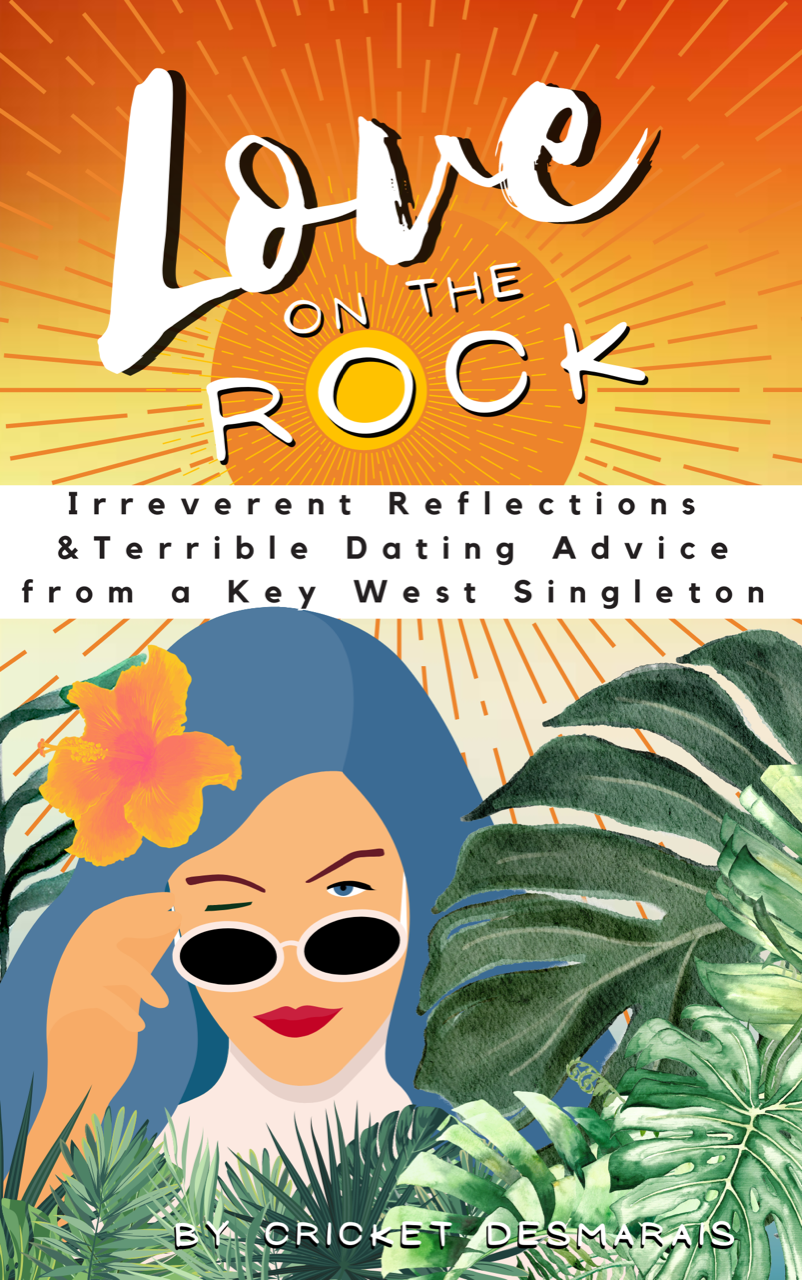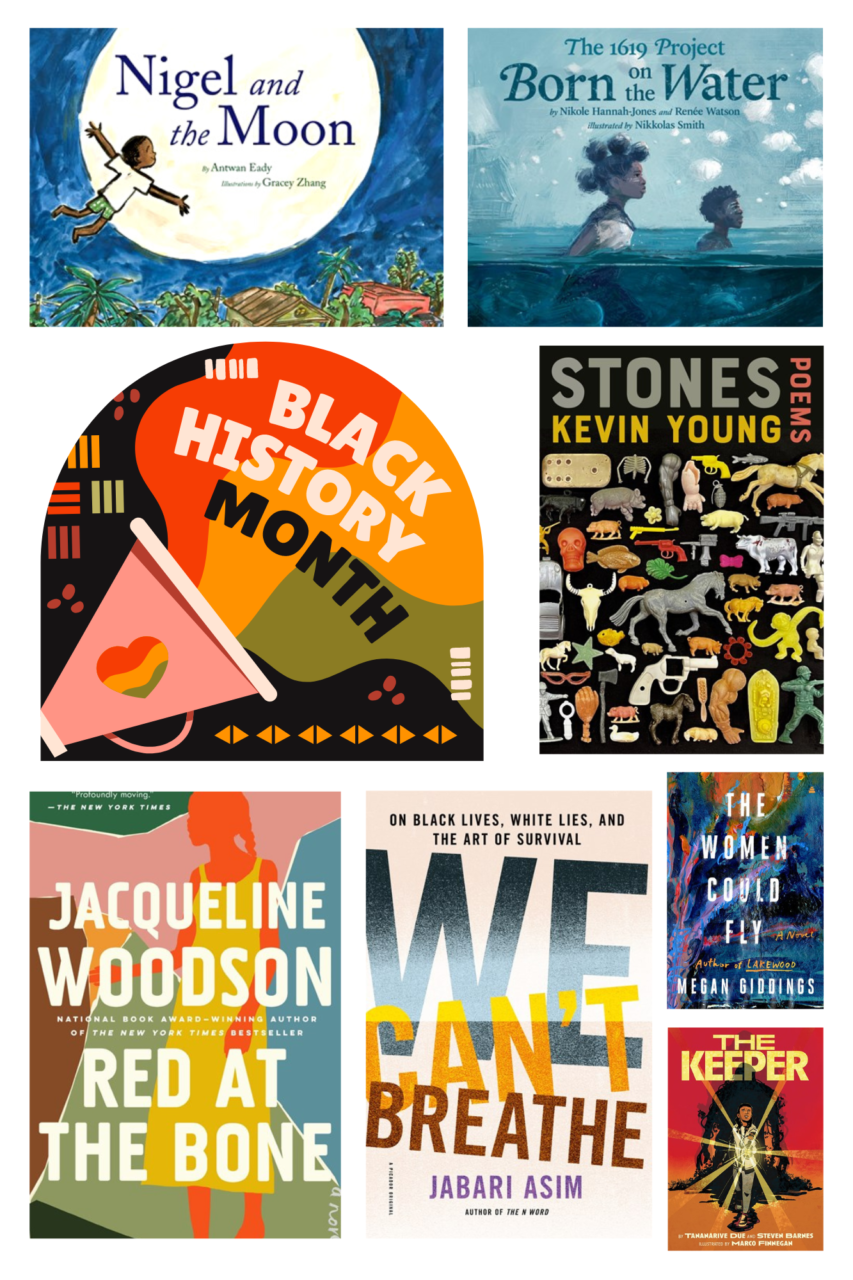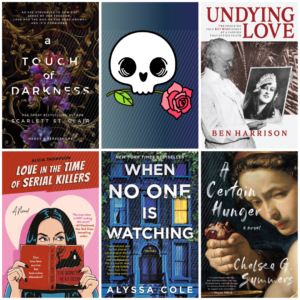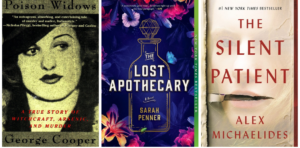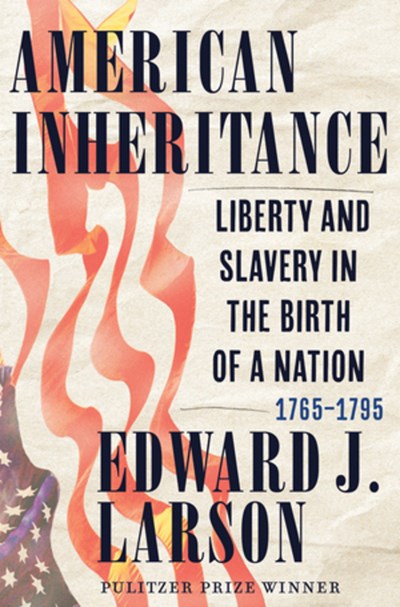Local mover & shaker Cricket Desmarais is a writer, artist, dancer and scientist. She is also the author of LOVE ON THE ROCK, a compilation of her early 2000’s dating column in the Florida Keys Keynoter. We had a chance to chat with her, in advance of her Feb. 3 event (6:30 in person at Hugh’s View, register here), and find out why now is the time for a second chance for LOVE ON THE ROCK.
Q: If you would, tell us a little bit about LOVE ON THE ROCK?
A: LOVE ON THE ROCK is a compilation of work from my year as a dating columnist for Florida Keys Keynoter in 2005 – 2006. I like to think of it as a “time-capsule laugh” that paints a picture of what it was like (and possibly still is) to date on a tiny island. I spent that year with my dating life under a microscope and connected with other “Singletons” about theirs. I researched our human biological drive and social “norms” to make sense of it all. And I called on my readers to reflect on their own beliefs and behaviors. There’s some obvious humor in that, but there’s also a lot of heart.
Q: What made you decide now was the time to collect and republish a column that originally ran in 2005-2006?
A: I have wanted to do this for over a decade but the “free” time to do so just never seemed to arrive. I made a commitment last year to get several completed projects out of my computer and into the world. This one seemed like the easiest since I knew people had already read the original, lessening any anxiety of putting it out there.
Q: What was it like to reread work you’d written 17 years prior?
A: A little bit cringe but also a bit hopeful. I was reminded that I once had a sense of humor & a pretty active dating life
Q: What was the process of getting the book ready for publication like?
A: Grueling. Being an artist comes with a lot of bootstrapping. In an ideal world, someone else would do all the things. I highly recommend not copy editing your own work. Ever. You’ll regret it when you read teh first print run of you book, I garauntee. Wink.
Q: Did you edit the columns or is this what people would have read in the Keynoter?
A: There was some necessary copy editing and occasional sentence structure shifts or omissions, but it’s pretty much the same and in the same order as they came out. I thought about editing some of it to be more inclusive around gender identity but decided against it. This is a snapshot of life in the mid aughts. History is what it is, & erasing or changing that didn’t sit right.
Q: Give us a teaser. What’s one of your favorite stories from the book?
A: The columns were originally printed in a Keys-wide, family-friendly publication. You can imagine that talking about dating and all that goes with it can get pretty limited when you layer in censorship. I had to be creative and used a lot of innuendos. Midway into the year, my publisher finally gave me the green light to write a piece on sex. I invited people to email me their insights, stories, and secrets to help me write “The Proper Naughty Column” and got an inbox full of – nothing.
That column actually became one of my favorites because I somehow managed to not only come up with a column for that week but also include a fantastic Sharon Olds’ poem (“The Solution”). It starts like this:
Finally, they got the Singles problem under / control, they made it scientific They opened huge/ Sex Centers – you could simply go and state what you / wanted and they would find you someone who wanted that/ too. You would stand under a sign saying I Like To/ Be Touched and Held and when someone came and / stood under the sign saying I Like to Touch and Hold they would send the two of you off together.
It gets more saucy & hilarious after that. Sharon Olds was one of my professors at NYU, so including her felt like an homage to her.
It also references interesting tidbits about the sexual behavior of animals. Because everyone should know that “Australian marsupial mice die of exhaustion from their twelve-hour romps, bat rays are romantics and do it only in the moonlight, and a pig’s big O is said to last half an hour Lucky, lucky.”
Q: What do you hope people will take away from the book?
A: Mostly I just want to give people a laugh & a bit of an escape. If they could take anything away from it, I’d hope for them it would be a sense of humor about their own dating history, an invitation to take the time to explore & enjoy who they truly are without the need for that special “other” while maintaining hope for what’s to come.
Q: How long have you lived in Key West? What originally brought you here and from where?
A: I came to Key West in 1997-1999 from Brooklyn during my grad school summer & winter breaks, working as a mate in the charter boat industry while staying at my mom’s. The creative culture of the City fed me but not as much as the daily connection to the sea I had when here. After I graduated, I came back “for now,” thinking I’d save money to move back to the central coast of California, where I lived prior to NYU. I did move there shortly thereafter but quickly circled back. It’s special there, too, but there’s no place like home.
Q: In addition to being a writer, you’re an artist, a dancer, a yoga practitioner and teacher, as well as a marine scientist. How do your interests come together and feed your writing?
A: I don’t know that they’re ever apart, really. It’s a bit more symbiotic, I think, even though the expression of each is different from one to the other. The common thread is observation—of the self & of the outer world— powered by a discipline of showing up for it, for staying in the moment of what is & keeping an open heart while doing so. Writing a poem, monitoring coral, dancing in the Studios’ window dressed like a wind-up doll – they all evoke a sense of connection & wonder for & in me. All of that informs & influences my life & the expression of it.
Q: What are you reading and recommending these days?
A: I’m reading Life on the Rocks: Building a Future for Coral Reefs by Juli Berwald. It’s a gorgeous and relatable blend of science writing & memoir – coral ecology & restoration & her daughter’s mental health struggle— that explores hope and healing against all odds.
